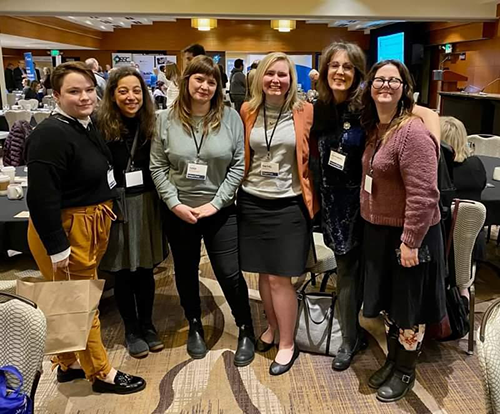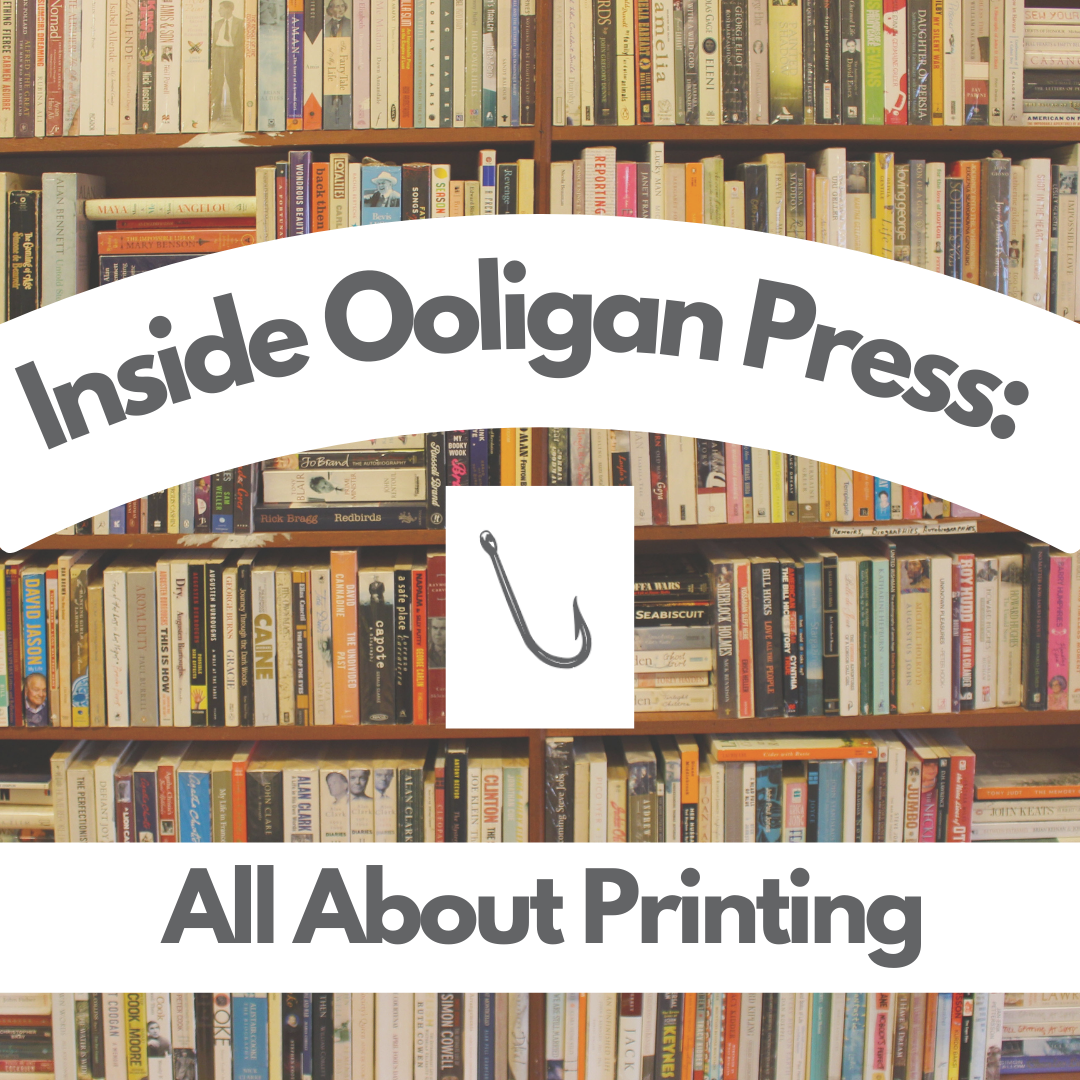Expanding My Understanding of Publishing at the PubWest Conference
Although I’ve been learning a lot about the different facets of publishing at Ooligan Press and in the Book Publishing Program, I wanted to learn more. So, when I heard the 2023 PubWest Conference was happening in Seattle, I jumped at the chance to attend.


